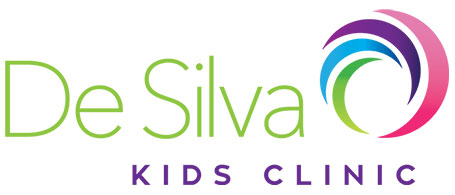Dialogic reading involves having a discussion or dialogue with your child about the storybook you are reading. The parent and child engage in a conversation about the book.
Often times, adults read as the child listens to the storybook. Dialogic reading allows the child to become the storyteller. The adult listens, asks questions, and becomes the audience for the child. The child becomes actively involved in the book reading experience.
The two strategies in dialogic reading are PEER and CROWD.
PEER (prompt, evaluate, expand, repeat) can be used by parents to encourage more meaningful responses to questions.
• Prompt the child to say something about the book.
Parent: Who ate through one apple?
Child: The caterpillar.
• Evaluate the child’s response.
Parent thinks to self, “That’s correct, it was a caterpillar…but we can add more to that response”.
• Expand the child’s response
Parent: “Yes, it was the very hungry caterpillar”.
• Repeat the prompt.
Parent: Who ate through one apple?
Child: The very hungry caterpillar.
CROWD (completion, recall, open-ended, wh- questions, distancing) can be used by parents to remember the types of questions to ask.
• Completion question
Parent: “On Thursday, he ate through four strawberries, but ________”.
Child: He was still hungry.
• Recall question
Parent: “What happened to the caterpillar when he came out of the cocoon?”
Child: “He became a butterfly”.
• Open-ended question
Parent: “Why did the caterpillar have a stomach ache?”
Child: “He ate too much. He felt sick.”
• Wh– question
Parent: “What was the last thing the hungry caterpillar ate?”
Child: “A leaf”.
• Distancing question
Parent: “When was the last time you had a stomach ache?”
Child: “I had a stomach ache _____”
Written by Sumeyya Yilmaz – Speech Pathologist at De Silva Kids Clinic


